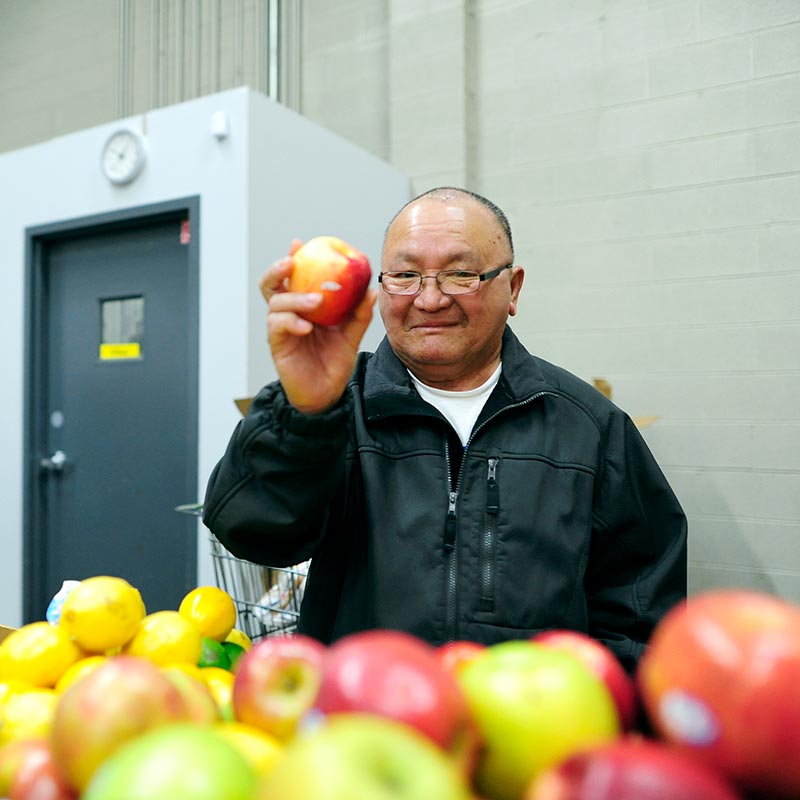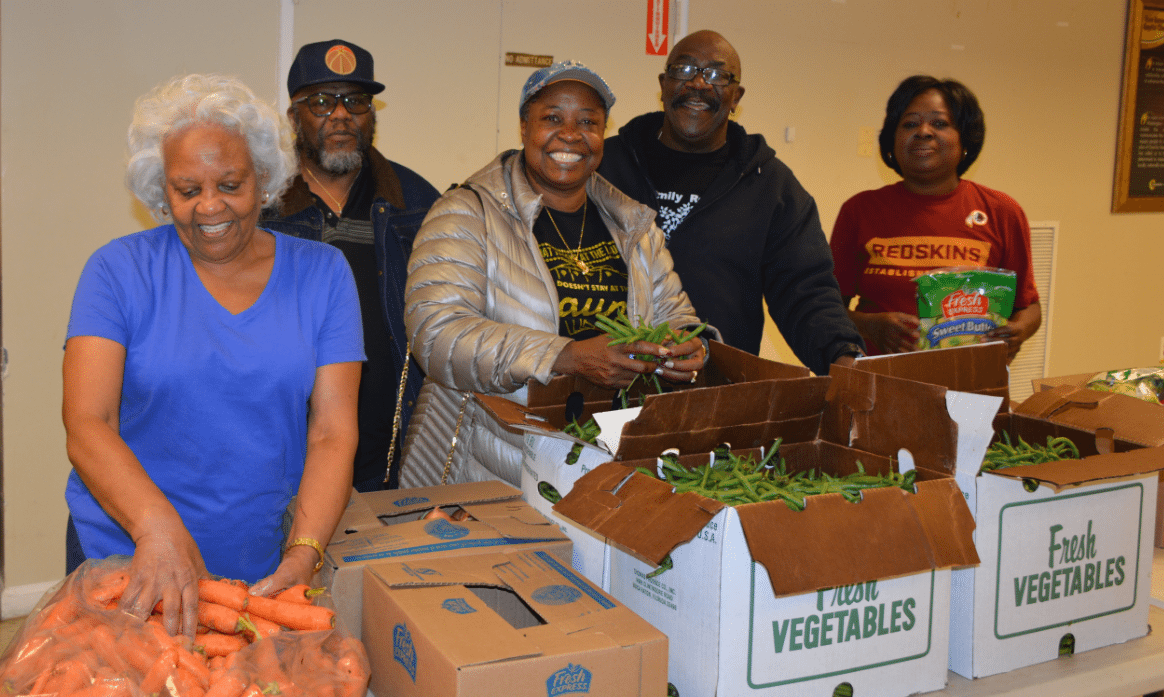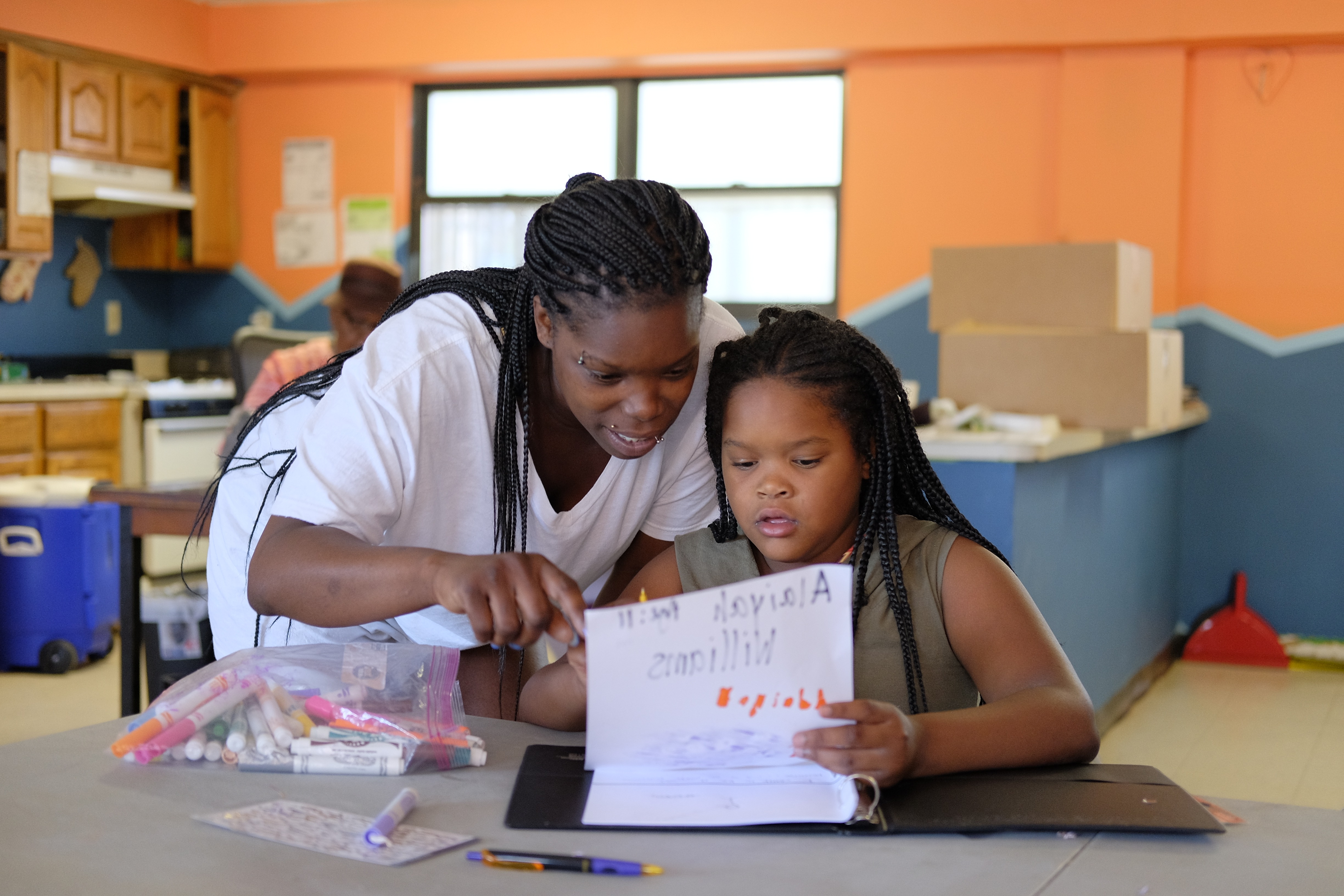Food is life. But not everyone in our community has the food they need. Together, we can change that—and it starts with understanding some important truths about hunger. Learn more about hunger in our region by reading CAFB's annual Hunger Reports
Hunger In Our Region

More than a million people in our region are food insecure.
That includes 1 in 10 children across our region.
Who needs help?
Hunger doesn’t discriminate. There are people in every neighborhood struggling to put food on the table. In our region alone, more than 1.5 million men, women, and children of every age, race, and religion live with the difficult realities of food insecurity.
Making an invisible problem more visible
Hunger is hard to see. But our Hunger Heat Map reveals the breadth of the problem—and lets us know where help is most needed.
Explore the Heat MapThe numbers are large. The stories are personal.
What does a region with more than 1.5 million people experiencing food insecurity look like? It looks like the place we call home. People who are struggling with hunger live in the apartments and houses we pass by, ride the Metro beside us, and work in the businesses we frequent.
One of the hard facts about hunger is that it’s much more widespread than many people realize. For instance, only five percent of the people we serve are homeless. The rest live in homes all around the region. In every county in our region, at least one in three people faced challenges getting enough to eat in 2024, and in some counties, as many as half of residents experienced food insecurity.
Food insecurity is difficult to escape, because when budgets are tight, food is often the first thing that’s cut. That’s why single parents holding down two and three jobs to make ends meet, workers living paycheck to paycheck who experience a sudden job loss, college students working their way through school, and seniors on fixed incomes are all among the people who have to make the choice between food and expenses like housing and medicine.
How hunger hurts
We don’t know what children face before they come to the center or when they leave the center, but we do know that while they are here they are able to get a nutritious meal. The fact that Capital Area Food Bank provides them with these fresh fruits and vegetables is great because they may not receive them otherwise.
Stories from our community
Good, healthy food can transform lives

I want to help families with growing kids bridge that monthly gap between what they have and what they need... This food helps do that.Read Story

The program is a lifesaver. I know that while I’m at work, they’re still learning and getting their meals, and having fun.Read Story
What we’re doing to help
Hunger and food insecurity in our region is a big problem. Together with our community, we’re also working towards big solutions.
Ready to make a difference for your neighbors?
Hunger is a problem we can solve. And there’s a role for all of us to play. We depend on the generosity of people like you to provide food across our region. Every unrestricted dollar you donate can help us provide 2 meals.
Donate
